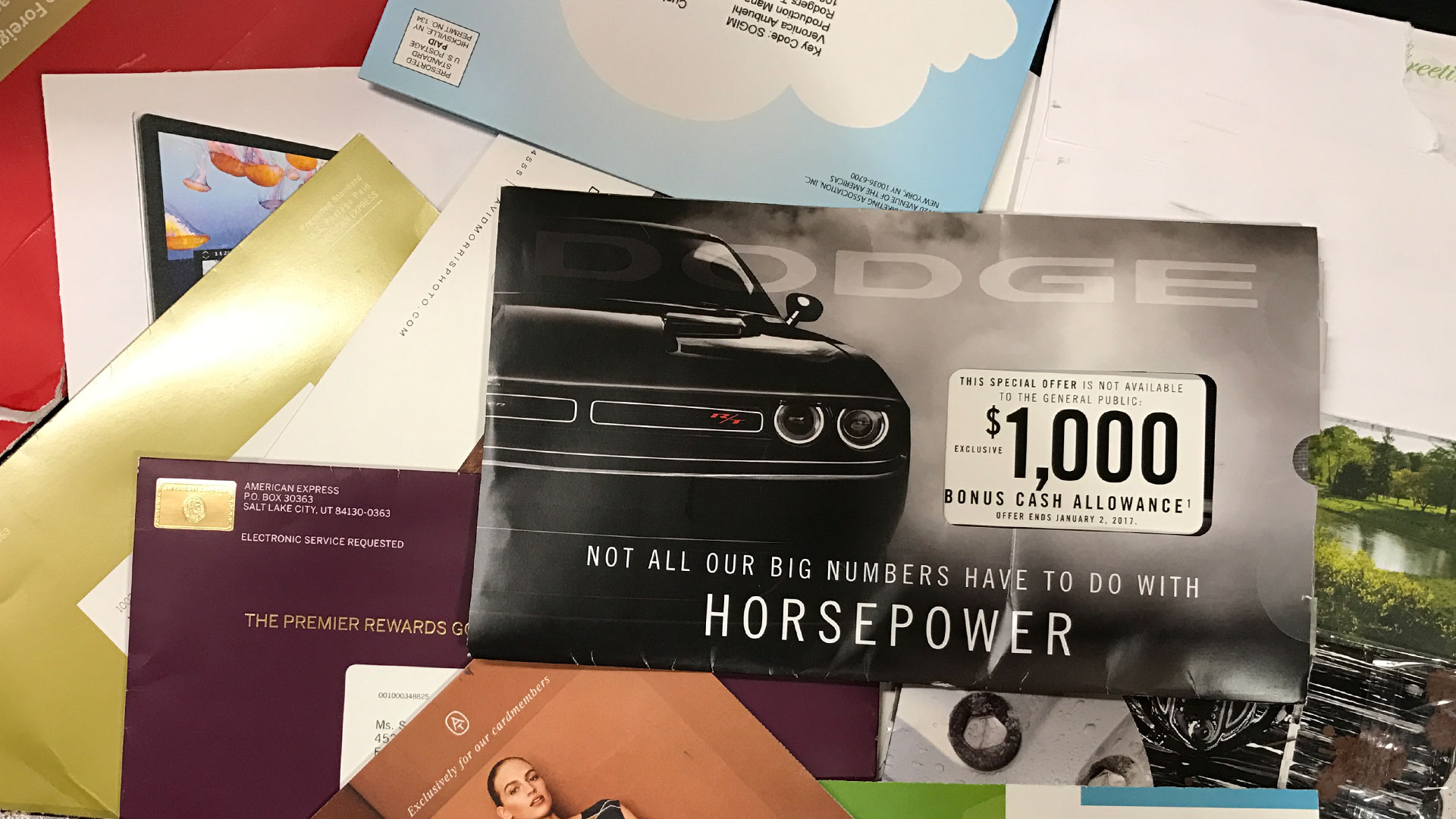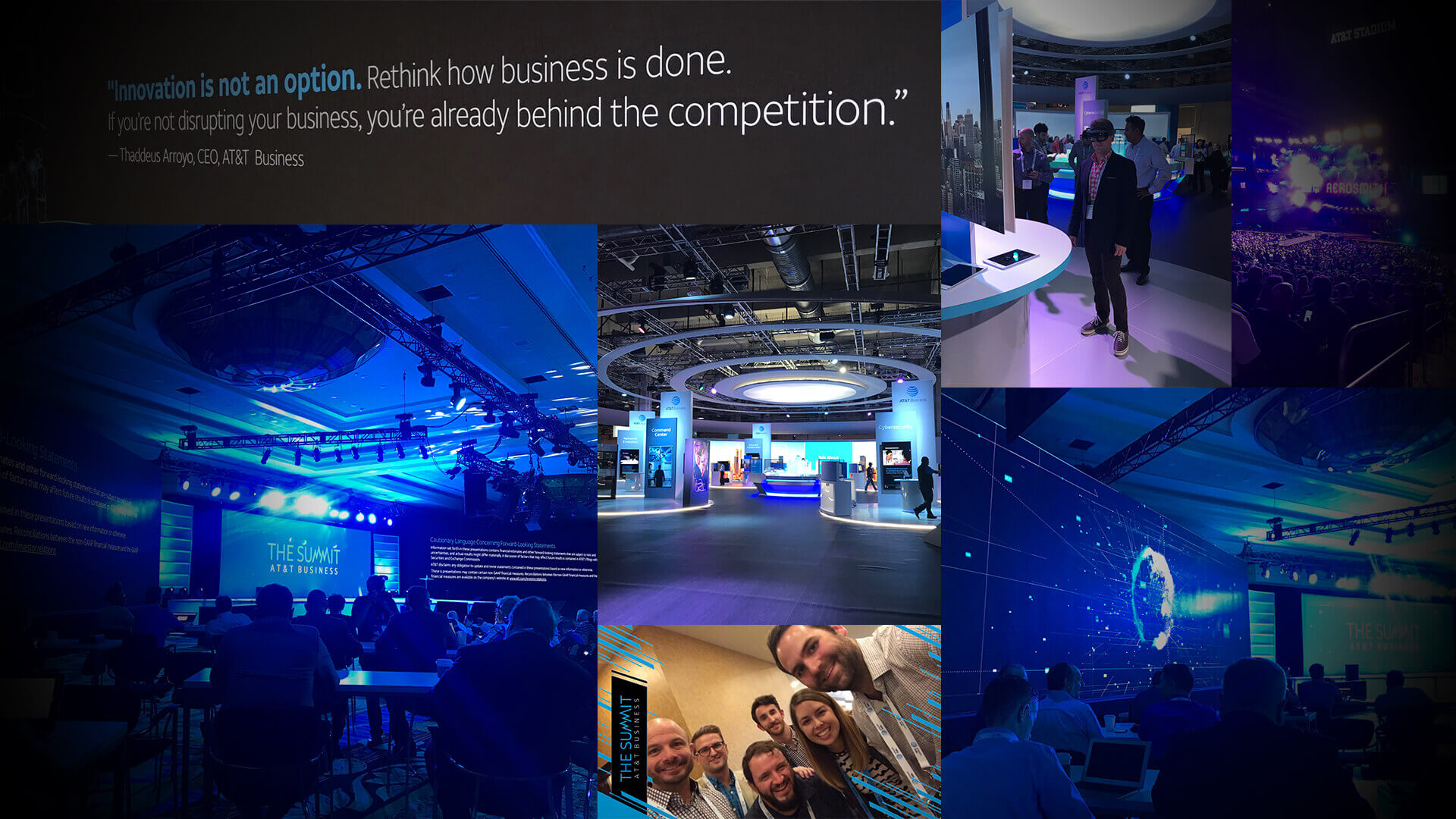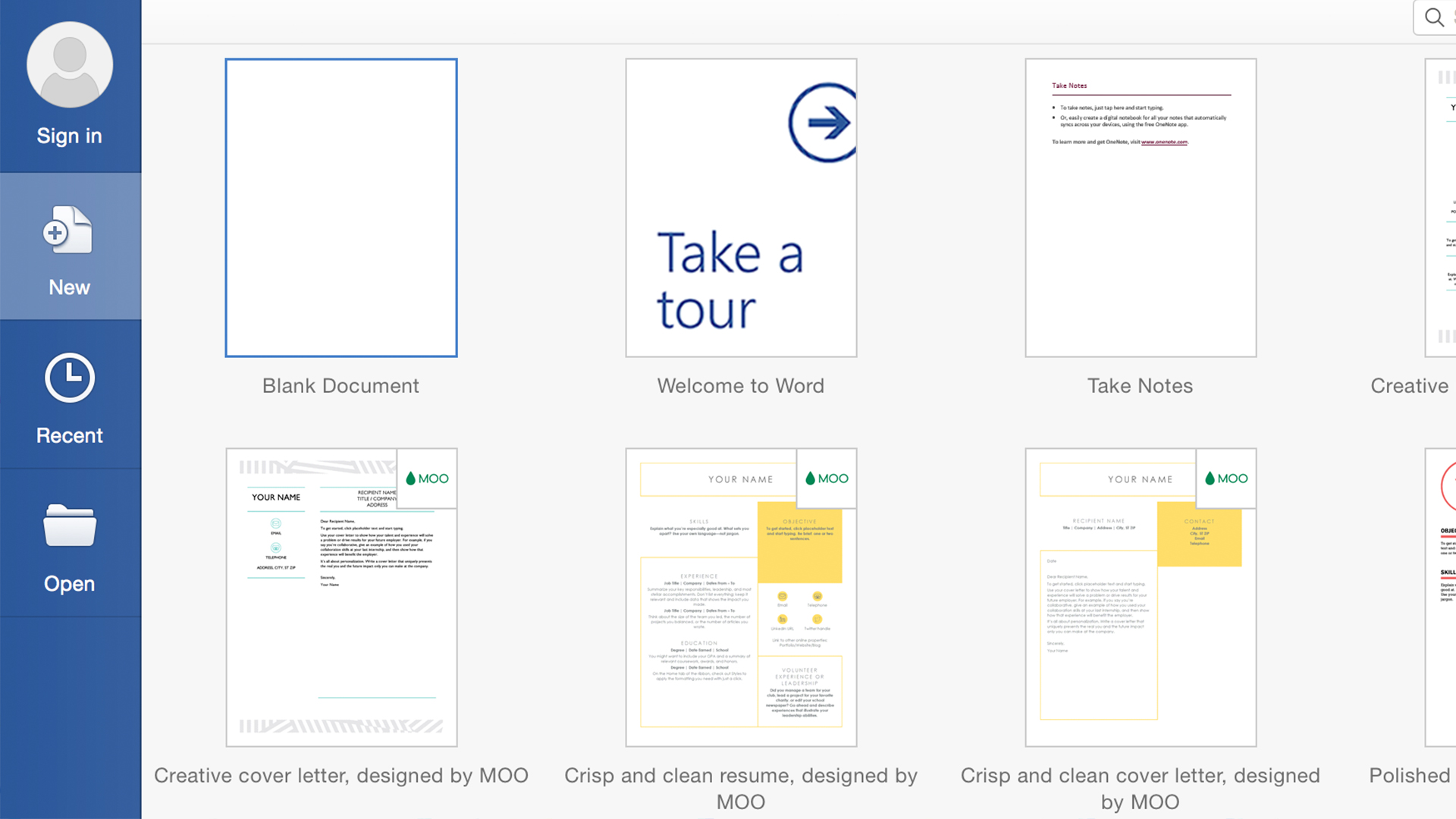
Our industry changes as quickly as the technology that supports it, and we all know that the pace of change continues to accelerate exponentially. Increasingly, we are seeing how tried-and-true, “always works best” direct response tactics have become “tired and untrue.” We can no longer count on them to deliver the results of old. Looking at the current B2B landscape, here are some key trends we, at Rodgers Townsend, will be keeping an eye on:
What’s Hot:
- What’s In a Name?: Today, “personalization” must go way beyond printing someone’s name throughout the piece. To persuade them, we need to know about, and write to, their particular motivations. That’s how we can put muscle behind getting the right message in front of the right person at the right time.
- A Tale of Three Emails: Our research has shown that most small business owners have three email addresses: one for business, one for personal, and one they use when they want information or promotional literature, but they don’t want it clogging up their main account with ongoing sales pitches. That means we need to be vigilant, and potentially “pay more,” to get their active business email address via gated content or other more restrictive appeals.
- Three-Stop Shopping: Small business owners tend to pick up the phone once they’ve made their buying decision, but usually after researching online and speaking to friends and associates. This points to the urgent need for integrated social and search programs along with DM, EM and OTM.
- It’s the Friendly “From”: More important than the subject line or promotional offer, the most influential element in email open and click rates is the name of the sender. If it’s a name the business owner knows and trusts, he or she will engage.
- C-Suite Execs Like Shiny Objects: High production value, dimensional direct mail gets the attention of recipients and their administrators at much higher rates than traditional formats. The higher cost of these tactics demands that the targeting be sound, the calls to action have clarity and urgency, and the personalization be letter-perfect.
- Lock In on LinkedIn: Targeted LinkedIn placements enable more efficient lead generation based on title or vertical industry, getting us close to the real decision-makers and influencers in a business environment.
- ’Tis the Season: We need to recognize that certain industries have no time for us marketers at certain times of the year. Their already-short attention spans are focused on driving revenue when they need to make hay; not considering new technologies or approaches that could drive their business haywire.
What’s Not:
- Traditional Webinars: If we build it, they may not come. In fact, they probably won’t come. We need to serve up shorter, mobile-friendly, personalized on-demand content.
- Limited-Time Inbound Call Centers: Are limiting, and infuriating. Nobody works bankers’ hours anymore, including bankers. And any marketer who is just realizing this, well, never mind.
- One-Size-Fits-All Formats: The #10 business envelope isn’t dead, but it’s best saved for official notifications, not selling.
- The Desktop Computer: In the first half of 2016, 70% of emails were opened on a smartphone. Think small format for small business.








